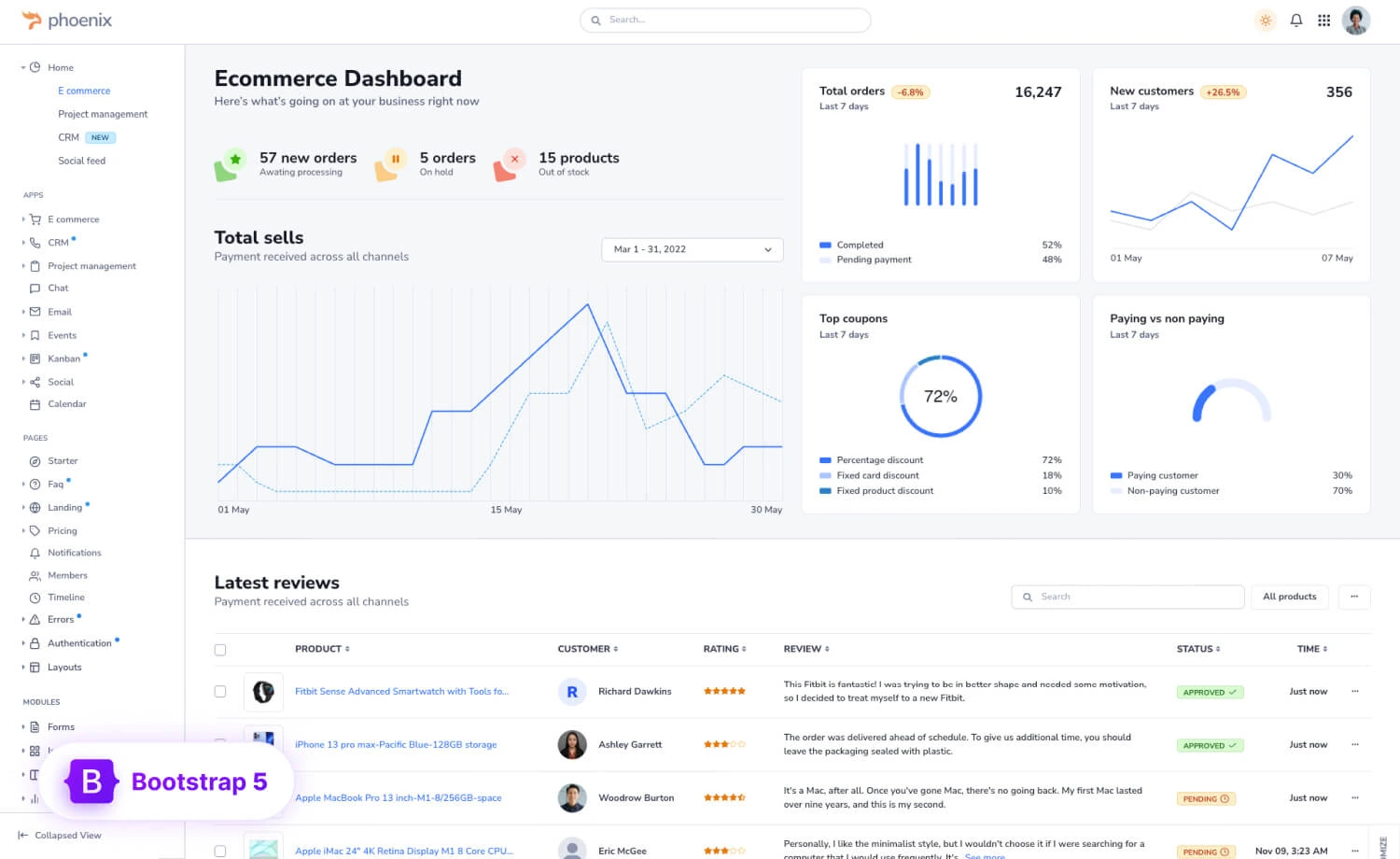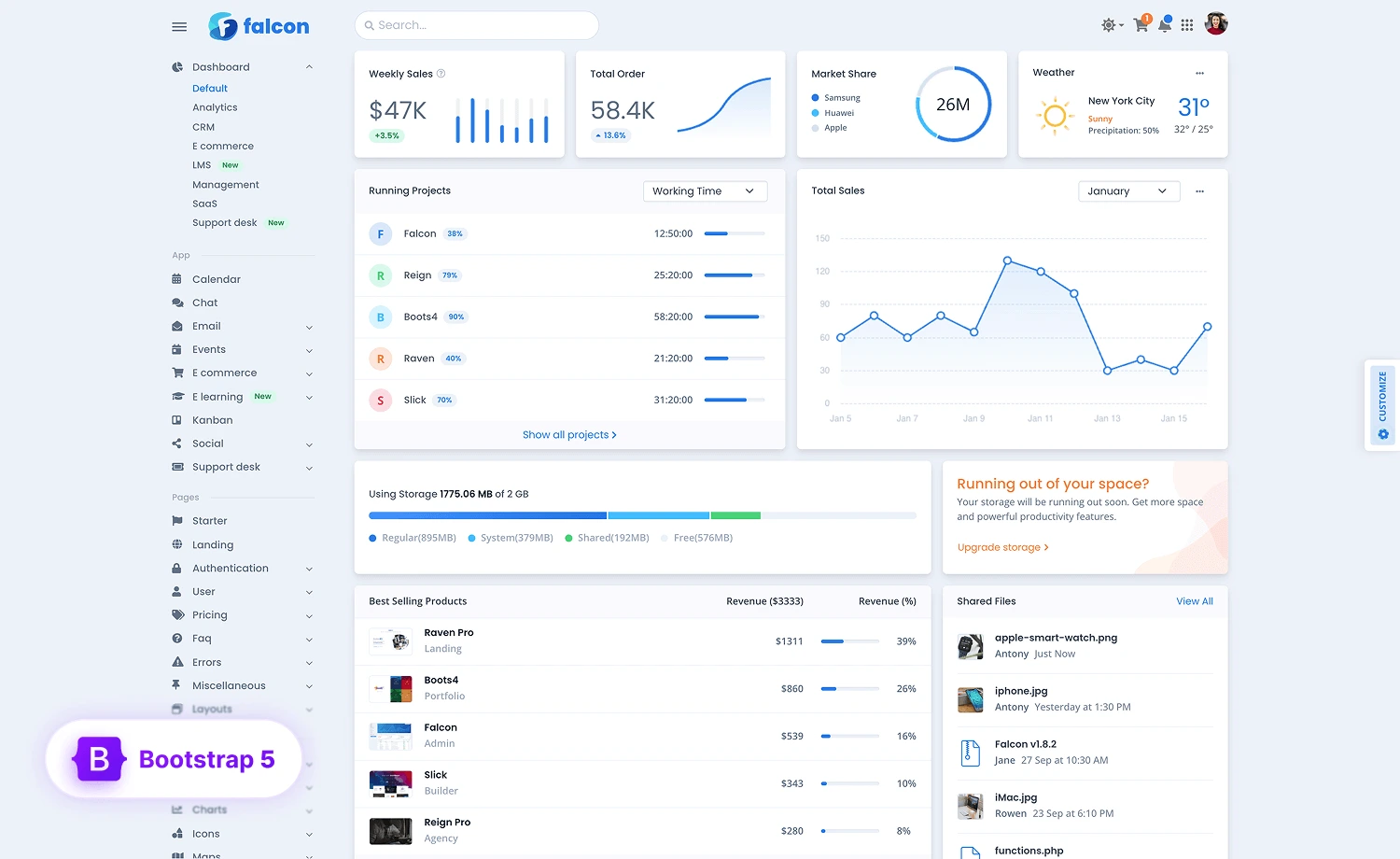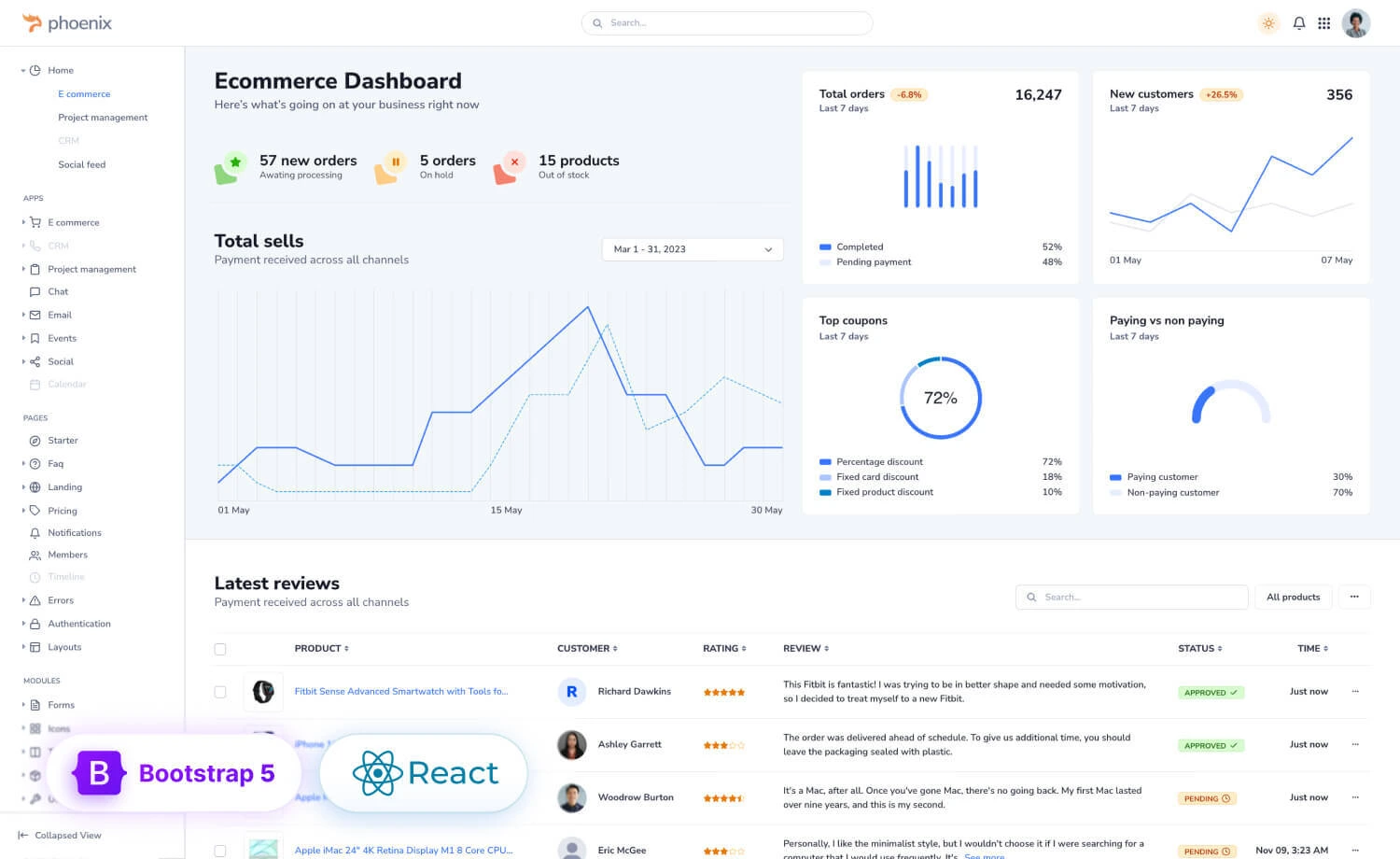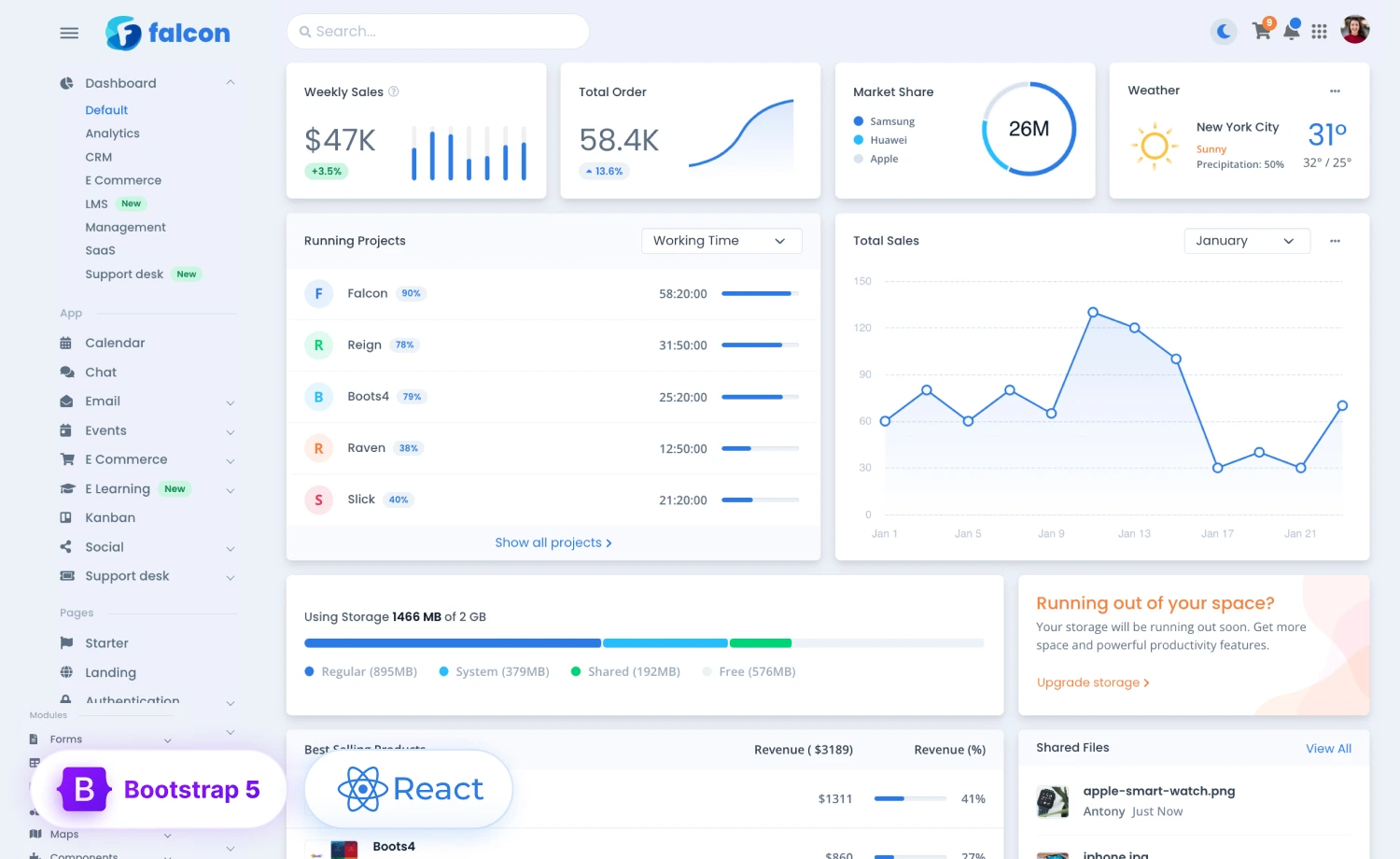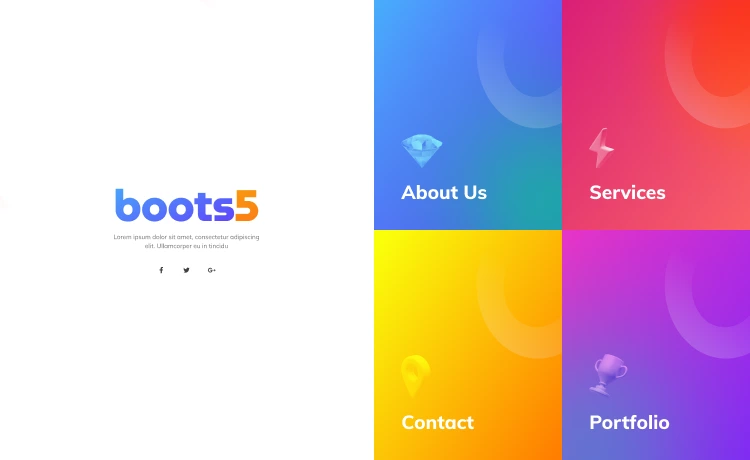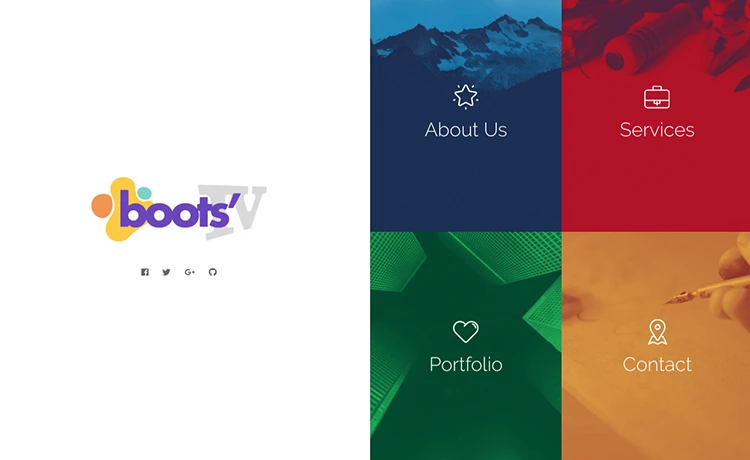Have you recently set up your e-commerce store, or are planning to do so soon?
In a growing digital-first retail world, customer service is one of the most important aspects when it comes to running an e-commerce store. Over 80% of consumers consider customer service as a key role in their purchasing decisions, according to Zendesk research.
Customer service in e-commerce is somewhat different from brick-and-mortar customer service, as there is no face-to-face communication. Limited personal interactions can cause irreversible damage, especially now, when a simple mistake can explode on social media.
Social media fuels e-commerce customer service challenges
Before this years’ Black Friday and Cyber Monday frenzy, a dispute between cosmetics giant L’Oréal and China’s popular live streamers Viya and Li Jiaqi blew up on social media. Before Singles Day, China’s equivalent to Black Friday, the pair accused L’Oréal of failing to offer customers the price they promised.
After L’Oréal’s public apology, customers weren’t happy. One user on Weibo targeted the beauty giant: “Why do I need the voucher? You expect me to buy your products again?”. This hashtag was then shared and attracted over 110 million views.
With the growth of e-commerce and social media, public customer disputes can destroy reputation faster than ever. If you are wondering how to deal with rude customers online, providing top-notch e-commerce customer service is crucial, and should be at the forefront of your business strategy.
In this post, we will explain why customer service is especially important in e-commerce, the main customer service challenges, and bring some powerful ways to enhance your e-commerce customer service.
What is e-commerce customer service?
When shopping online, customers can encounter issues throughout the whole e-commerce customer journey. Problems with website crashes, delivery delays, faulty items, or problems with payments. All of which need to be addressed and solved immediately.
As customers can’t simply go to the sales assistant, as one would do in stores, they need a simple and fast way to reach out to the customer service team. It is the e-commerce customer service team that would provide solutions to all of these issues promptly through various digital channels.
E-commerce customer service is about providing support through various digital channels: phone, email, SMS chat, social media messenger, or live chat. The aim of e-commerce customer service is to provide a prompt and convenient customer service experience to all visitors, which would increase trust, customer loyalty, and sales.
Why is customer service in e-commerce especially important?
When entering a brick-and-mortar store, customers are greeted by a sales professional, who can talk you through different product features, or help to find the right one. Customers can also return their products to the store if something happens to be wrong.
What is more, e-commerce is more prone to disputes, 69% of consumers said to have received faulty items when shopping online. Prior to this year’s Black Friday, 40% of consumers expected to receive up to six damaged items over the course of the e-commerce holiday season, amounting to over 1.3 billion euros worth of goods sold online.
Whilst each brand and retailer have their way of engaging their customers and providing customer service, the key is to reflect this also through online channels, and give customers the opportunity to explain themselves the same way as they would in stores.
Benefits of excelling in e-commerce customer service
- Top-line growth
- Increase in customer loyalty
- Improve customer lifetime value (CLV)
- More customer referrals
- By-word-of-mouth marketing
- Increase in customer retention rates
- Good brand reputation
Ways to enhance e-commerce customer service
There are several ways to improve your e-commerce customer support. We will bring out a few most powerful ways to enhance your customer service.
Perhaps you have already implemented several techniques in this list. But if you haven’t yet, then I do recommend you to do so. Implementing these can improve your customer service experience significantly. Benefits include increasing sales, creating trust, higher customer loyalty, and even improving brand perception.
1. Add live-chat to your online store
Live chat is an extremely effective way for customers to get in touch with the customer service team. If you haven’t yet implemented it for your website, then check out these live-chat benefits to convince you otherwise.
Digital customer experience is on the rise, e-commerce is highly driven by instant messaging and convenience. More than 70% of consumers consider a digital customer experience a crucial part of their purchase decision, found research by OpenText.
Online customer journey is about finding the right product the fastest way possible and checking out in seconds. People expect the same from customer service.
Communication through live chat is much easier than picking up the phone or waiting for a response to an email. With average live chat response times less than 1 minute, according to Hubspot’s research, live chat is the perfect combination of speedy response times and human contact.
Thus, while developing an eCommerce website for your online store, live chat is critical and cannot be ignored.
2. Offer support through social media messaging channels
About 62% of customer queries were submitted on Whatsapp and 51% on Facebook Messenger, according to a customer experience report by Zendesk.
And it doesn’t come as a surprise, as of October 2021, Whatsapp and Facebook were two of the most popular messaging apps globally. And not only for customer service, with 2 billion and 1.3 billion users respectively, they are also in the top 5 most popular social media platforms overall, according to Statista.
Therefore, adding social media and messaging channels to your customer service channels list is a great idea, and allows customers to get in touch the way they prefer.
3. Offer customer self-service
More than 80% of customers said they would attempt to solve their issues on their own before reaching out to customer service. Self-service can be offered through a knowledge base, help center, FAQ page, or chatbots.
Self-service tools can help customers answer their questions on their own, without needing to interact with the human agent. This will reduce repetitive customer queries and leave more time for support agents to deal with more complicated customer queries.
But it is important to note that it should always be combined with live support, as it can be incredibly frustrating for customers otherwise. For example, add a phone number, email, or live-chat link at the end of the FAQ or help center pages.
4. SMS messages
If you are thinking SMS messaging is a thing of the past, you might want to reconsider. SMS tends to be an underutilized tool by e-commerce companies. SMS did experience a dip in usage between 2011 and 2017 but has been growing since. In the US alone in 2021, 2.2 trillion text messages will be sent according to Statista.
SMS is an excellent tool for marketing, and it can also be great for providing customer service. Out of all digital messaging platforms, 47% of customer queries were submitted through SMS in 2021. Text messaging was the third most popular after WhatsApp and Facebook Messenger, revealed a report by Zendesk.
For example, a direct-to-consumer (D2C) flavored water brand Dirty Lemon sells exclusively through SMS and provides customer service through texts. For customers, there is one specific go-to channel, which offers ease.
5. Customer feedback and insights
Say you have done everything in your power to offer the best support possible to your customers by offering multi-channel support with fast response times.
But you would want to know for sure, if they are happy with the quality, right? One way to find out is through customer feedback collection, to know where to improve. Consumer preferences are changing now more than ever.
Customer feedback is collected to know how satisfied they are with the service, for example, the speed, the channels, or quality. With this knowledge, you can then make adjustments. Customer feedback can be done either through surveys, phone calls, reviews, or social listening.
6. Use it as a part of your marketing strategy
Customer service isn’t only about helping your customers. It can also be leveraged for your brand strategy as a marketing tool. The US footwear retailer Zappos, for example, made customer-centricity their strategic pillar from the start. So much so that they even have a loyalty team, and their tagline says “Powered by Service”.
Using customer service as a part of your marketing strategy won’t only encourage by-word-of-mouth marketing, but can also increase repeat purchases. If customers are happy about the experience, they are more likely to return.
7. Track relevant customer service KPIs
Your customer service can significantly improve, if you know and track the key performance indicators (KPIs). Knowing the key metrics, you can monitor them over time to see whether and where improvement is needed, or how much progress there has been.
Customer service KPIs include response rates, number of new tickets, number of solved tickets, average resolution time, and average handling time. Tracking these KPIs will also help to identify optimal budget allocations.
8. Use a CRM system
Customer relationship management or CRM systems can help to facilitate customer data in one single place. They can come in different types: operational, analytical, and collaborative.
Collaborative CRM systems are best suited for improving your e-commerce customer service, as they facilitate customer data and information sharing between different departments.
In the past, CRM systems were only used by large retail corporations, mostly due to the high cost and difficult implementation processes. However, cloud-based SaaS solutions have made them accessible also for SMBs with tighter budgets. There are several CRM systems available specifically for e-commerce customer service, and for every budget.
Some of the best CRM tools for e-commerce customer service include Zoho or Zendesk, both of which offer subscriptions according to budget and size of the company, and are often integrated with hosted e-commerce platforms like Shopify.
9. Social listening
Social listening is about tracking customer conversations relevant to your brand across channels like Instagram, Facebook, TikTok, or Twitter, and using these insights to improve marketing or products and services.
It is done in three steps: tracking all mentions and keywords related to your business, analyzing the data, and using these insights to take action. These actions can be anything from responding to happy or unhappy customers, marketing campaigns, or identifying a new target audience.
Social listening isn’t only used for marketing, it can also be helpful to leverage for your customer service. You can monitor if customers are unhappy with your competition, or how customers feel about your brand.
10. Omnichannel customer service
Omnichannel customer service is where support is provided across multiple channels such as phone, email, live-chat, social media, SMS, and all of the information gathered is stored in a single place, to be used for future interactions with customers.
The aim is that support agents can continue their conversations with customers where they last left off. Meaning there is no disruption in the communication, and customers won’t have to explain them all over again each time.
It can hugely benefit your e-commerce customer service experience. Nowadays, it is about convenience and choice. 67% of consumers look for at least three different channels, and a whopping 87% also expect consistency across them. Don’t make your customers repeat themselves and give them multiple options to reach out.
Use e-commerce customer service as a competitive differentiator
As online commerce is growing, customers’ expectations and customer disputes will increase with it. Consumers can turn to social media even for the smallest issues to get public attention. Don’t let it get to that, make sure your customers get timely and empathetic support across all relevant channels.
If you have recently set up your online store, or are planning to do so, make sure to include customer service as a part of your strategy. Customer service can act as a competitive differentiator and will become essential to succeed in the growing e-commerce environment.
